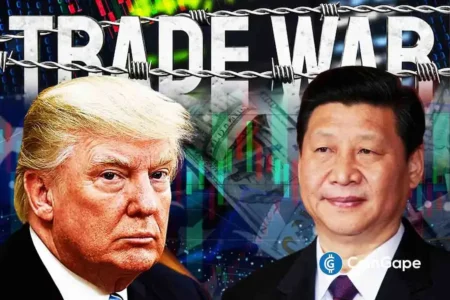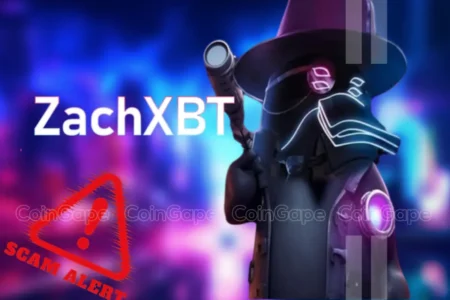Visa Enters the Latin American Stablecoin Market
American financial technology giant Visa has made significant strides in the evolving world of digital currencies by launching stablecoin payments in the Latin American (LATAM) region. Partnering with Bridge, a subsidiary of Stripe, Visa aims to broaden access to stablecoin solutions across multiple countries. This initiative enables developers at Bridge Fintech to seamlessly incorporate stable assets into their applications through a single API integration, significantly enhancing the payment landscape in the region.
Visa’s Commitment to Local Merchants
With its extensive network of over 150 million merchants, Visa’s new stablecoin offering aims to empower local businesses in LATAM. Customers can now transact at shops equipped with Visa’s services, reflecting the company’s unwavering commitment to advancing payment technologies. The collaboration with Bridge also allows for the rollout of new card programs tailored specifically for markets in Colombia, Ecuador, and Mexico. This strategic focus not only enriches the customer experience but also sets the stage for future expansion into other promising markets, such as Europe, Africa, and Asia.
Expansion Plans Beyond LATAM
Visa’s innovative approach demonstrates a clear intention to expand stablecoin payments further afield. The collaboration with Bridge and the involvement of Lead Bank as a financial partner signal a robust partnership model that could be replicated in various global markets. Despite the competitive fintech landscape, where rivals like Mastercard are also launching solutions for stable token transactions, Visa’s proactive stance reinforces its leadership in this domain. By venturing into the stablecoin space, Visa is positioning itself to capture a significant share of this burgeoning market in the near future.
The Growing Focus on Stablecoins
Stablecoins—the digital currencies pegged to stable assets—are becoming the focal point of interest for both crypto and traditional payment firms. While neither Visa nor Mastercard has launched their proprietary stablecoins, other platforms like Robinhood and Revolut are reportedly exploring these tokens. The competition has heightened as companies aim to penetrate the robust stablecoin market, which is estimated to exceed $239 billion. Ripple, for instance, introduced RLUSD aimed at gaining traction against established players like Tether (USDT) and Circle (USDC). With projections suggesting the market could exceed $500 billion soon, companies are making strategic moves to ensure their place in this lucrative sector.
Regulatory Landscape and Future Outlook
Despite this growth, companies like Visa navigate a challenging regulatory environment, particularly in the United States, where clear guidelines around stablecoins are still evolving. However, recent legislative initiatives like the GENIUS and STABLE Act underscore a shift towards comprehensive regulatory frameworks. The proactive efforts of lawmakers, particularly under the current administration’s crypto-friendly stance, are pivotal in shaping the future of stablecoins. Moreover, the Markets in Crypto Assets (MiCA) regulation implemented in Europe may provide compliant issuers such as Circle a competitive edge in the expanding stablecoin ecosystem.
The Road Ahead for Visa and Stablecoins
Visa’s foray into stablecoin payments underscores its dedication to evolving the financial landscape and addressing the needs of modern consumers and businesses. As the company pushes forward, it will be important to watch how regulatory developments unfold and influence the broader adoption of stablecoins. This journey not only highlights the increasing significance of stable assets in fintech but also showcases Visa’s adaptability in a rapidly changing environment. With ongoing expansions and partnerships, Visa is well-positioned to navigate the complexities of this new financial frontier, providing innovative solutions for merchants and consumers alike while championing the integration of stablecoins globally.
In conclusion, Visa’s strategic entry into stablecoin payments in LATAM marks a significant milestone in fintech innovation. As the company continues to develop its stablecoin infrastructure, it is set to play a pivotal role in shaping the future of payments across various markets, driving financial inclusivity and redefining consumer experiences in the digital age.

















